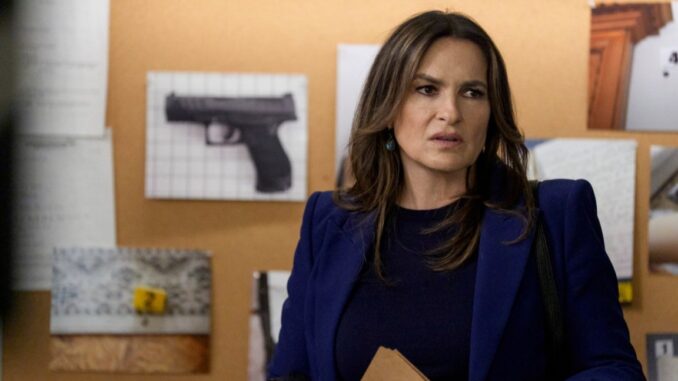
The Hidden World of the Set: Interesting Facts Behind the Scenes Few People Know
The silver screen, the dazzling stage – they present a polished, seamless illusion of reality. We gasp at daring stunts, weep at heart-wrenching performances, and lose ourselves in meticulously crafted worlds. But behind the magic, beyond the red carpet and the roaring applause, lies a hidden world brimming with fascinating secrets, unexpected improvisations, and the sheer, relentless effort of hundreds of unsung heroes. These are the facts behind the scenes, known to few outside the inner circle, that unveil the intricate tapestry of creation that fuels our entertainment.
One of the most pervasive, yet largely invisible, elements is the art of creating atmosphere. Consider the iconic shower scene in Hitchcock’s “Psycho.” While the horror is visceral, fueled by the jarring score and Janet Leigh’s terrified screams, few know the intricate sound design that elevates the scene to its legendary status. The screech of the shower head? It wasn’t water. It was the piercing cry of a dying bird, carefully manipulated to maximize the audience’s anxiety. This highlights a crucial, often overlooked aspect of filmmaking: the power of foley artists and sound designers, who meticulously craft the sonic landscape that shapes our emotional response, often with the most unexpected materials. Imagine the crunch of footsteps on snow being created by crushing cornstarch in a leather pouch, or the rhythmic rumble of a passing train being simulated by dragging a metal chain across a wooden board. These subtle yet crucial details are the unsung heroes of immersion.
Another fascinating secret lies in the collaborative nature of performance. While actors are often lauded for their individual brilliance, many forget the crucial role of dialogue coaches. These unsung heroes aren’t just there to help actors perfect accents; they delve deep into the character’s history, motivations, and even the etymology of their language. For example, when Russell Crowe prepared for his role in “Gladiator,” he worked extensively with a dialect coach not just to adopt the correct Roman accent, but to understand the social and political nuances of the language, ensuring his performance felt authentic and believable. This highlights the intense preparation that goes into crafting a believable character, a collaborative effort that extends far beyond memorizing lines.
Beyond the performances, the seemingly effortless world-building often relies on ingenious shortcuts and creative problem-solving. The grandiose landscapes of “The Lord of the Rings” trilogy, for example, were often achieved through forced perspective, a technique where actors and props are strategically placed at different distances from the camera to create the illusion of vast scale. This meant that Viggo Mortensen might be fighting an Orc who was significantly shorter than him, standing much closer to the camera to appear larger and more menacing. Similarly, the futuristic cityscapes of “Blade Runner” were built using miniatures and matte paintings, blending practical effects with cutting-edge technology to create a dystopian vision that remains visually stunning even today. These ingenious solutions demonstrate the resourcefulness and artistry that lie at the heart of filmmaking, proving that imagination can often triumph over budget constraints.
Furthermore, the seemingly spontaneous moments of brilliance that often elevate a performance are often the result of happy accidents or calculated risks. The iconic line “Here’s looking at you, kid” from “Casablanca” wasn’t in the script. Humphrey Bogart ad-libbed it while playing poker with Ingrid Bergman between takes, and director Michael Curtiz wisely decided to keep it in. Similarly, the legendary line “I’m walking here!” from “Midnight Cowboy” was born out of a real-life incident where Dustin Hoffman was nearly hit by a taxi during filming. He instinctively yelled the line, and director John Schlesinger recognized the raw authenticity of the moment and incorporated it into the final cut. These anecdotes illustrate the unpredictable nature of the creative process and the importance of embracing improvisation and serendipity.
In conclusion, the world behind the scenes is a captivating blend of meticulous planning, creative problem-solving, and unexpected moments of inspiration. From the meticulous sound design that elevates our emotional experience to the ingenious techniques that create breathtaking visuals, the unsung heroes of film and theatre work tirelessly to bring stories to life. By understanding these hidden facts, we can gain a deeper appreciation for the art of entertainment and recognize the collaborative effort and sheer dedication that goes into crafting the illusions we so readily embrace. The next time you are captivated by a scene on screen or stage, remember the hidden world behind it – the world of bird cries transformed into screams, forced perspective, and impromptu lines that become iconic – a world where the magic truly happens.
